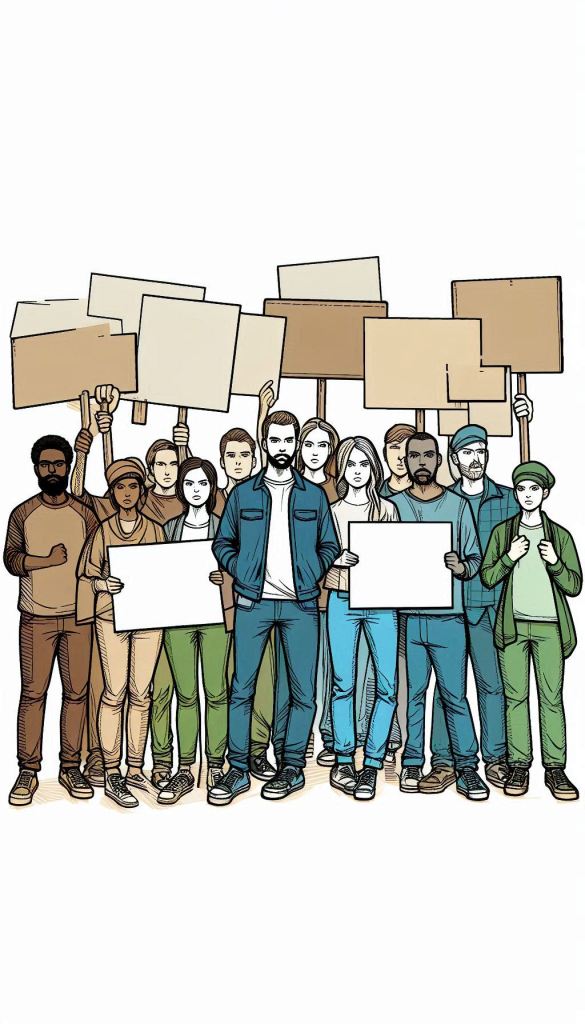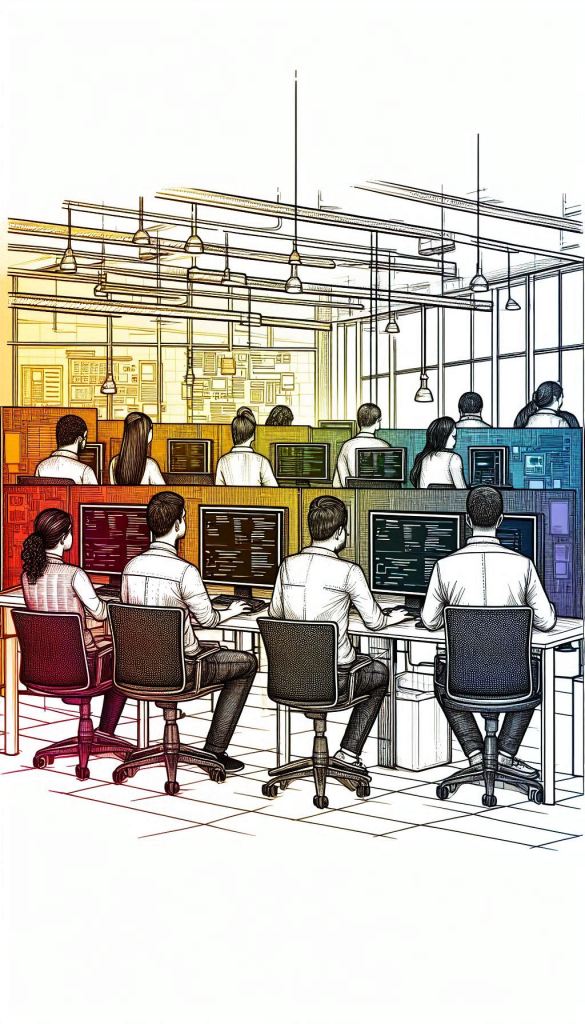
(R)evolution in scaling organizations
A classic model for organizational growth was created by Greiner in his 1972 article “Evolution and Revolution as Organizations Grow”. Although the article is originally 50 years old (it was updated in 1998), I still find it an insightful read.
We may tend to think of organizations as evolving continuously. This is partly due to a bias in Western thinking towards gradualism – the idea that change is slow and progressive. However Greiner suggested an alternative model.

Greiner’s model
In the paper, Greiner suggests that organizations have plateau states of relative stability and slow variation. These are the “Evolution” stages of the title.
In between these stages are times of profound change – the “Revolution” stages.
He argues that each evolutionary phase necessarily reaches a barrier. Inherent in the organizational structure for each phase are a set of limitations which will inevitably be reached. The organization reaches a crisis point. It then has to make a radical change, reorganising to reach the next plateau.
Greiner’s theory has a consequence to our view of scaling organizations. We are not on a quest for the “solution” to our management problems. There will not be any single “right answer” to organizational structure. Management is situational. As the organization grows, the problems change and the management needs will also vary.
Managerial problems and practices are rooted in time.
Greiner 1998
They do not last throughout the life of an organization
This has a strong significance for how we should approach the situation of transforming an organization. We can accept that there will be a need for transformation. We may have reached one of the transition points where the organization is moving from one state to another. It will then need changes in how it functions. Equally importantly, we can see there is no “right answer”. If management is situational, solutions may or may not apply at a particular time.

Management is situational
Organisational stages
Greiner suggests that organizations frequently follow similar paths. The structures and approaches we wish to adopt will vary. But they vary largely according to where on the path the organization lies. There are a set of solutions which are likely to be effective at each point. Prior experience from other organizations is applicable.
This is where Plays are useful. We can collect a set of challenges and good practices. Organizations will experience a similar set of challenges as they grow. These can be a set of good practices which have worked in the past and may be useful today.
Greiner’s model proposes a set of organizational stages, which I summarise below. I’d strongly recommend the original paper if you want more details. Each stage represents an evolution of the organization with its own management approach. Each stage faces its own problems and eventual revolutionary transition.
Stages of Greiner’s model
You may recognise the progression of your own organization or others where you have worked. The Plays are not specifically targeted at a specific phase in Greiner’s model. However, they are intended to address scaling. This probably applies most at the “Direction” and “Delegation” phases. The concepts also help to build the robust structures which will help for future phases
Creativity Stage
The first phase of the organization starts from nothing and is wholly focussed on creating a product and a market. The founders may be technical and disinterested, or too busy, for management. This can be considered the classic “start-up” scenario.
The stage ends in the “Crisis of Leadership”. The need for management skills and knowledge of good practices increases. The current leaders may have skills and interest more aligned with technology. A strong business manager is installed but there may be conflict with the founders.


Direction Stage
The organization starts to build structure. There is some separation of functions. Typically this starts with separating the marketing/sales function from the production of goods. There is a more formal approach to accounting. Organizational hierarchy is introduced but most managers remain primarily individual contributors.
This leads to the “Crisis of Autonomy”. As the organization scales, more people are added as individual contributors. However, the structures do not support this. The leaders have become separated from the lower level employee. Typically the leaders continue to be directive. However they have become more distant from the work and understand the details less well. Lower level managers are installed but may conflict with the original management.
Delegation Stage
The organization grows further. With the previous introduction of line managers, the structure becomes more decentralised. Single individuals can no longer understand the organization end to end. Accountability tends to shift to the local level. Interaction with senior management becomes less frequent. Management by exception becomes the normal approach.
This ends in a “Crisis of Control”. Top management seeks to regain control over an organization which has become distributed. But central management cannot cope with the diversity using the original methods.


Coordination Stage
Formal systems and approaches are introduced into the organization to increase co-ordination. This may include new planning approaches to align with strategy. Formalisation of delegated accountability may lead to formalised profit and loss groupings. Some data management becomes centralised. Typically decentralised operation remains the primary approach.
This leads to the “Crisis of Red Tape”. Bureaucracy continues to increase. Centralised rules become increasingly burdensome. There is an increasing disconnect from day-to-day functions. Innovation becomes overwhelmed by process.
Collaboration Stage
Greiner had a final phase which he saw as the end goal for an organisation, although he accepted that it was beyond the mainstream management theory of the time (he was writing in 1972).
His vision is very similar to that of the New New Product Development Game (which was published fifteen years later) and the Plays of this site.
In this phase, strong interpersonal collaboration starts to replace formal process and systems. Teams become increasingly self-governing and work independently on a project basis. Education, information systems and discussion become the key tools to ensuring consistency. Centralised control is simplified and teams gain more autonomy.


Good practices
As a leader you should look for the characteristics of each stage in where your organisation now stands.
Identify what the evolutionary stage is and so what changes are currently under way in the organisation. Aim to work with these to make them effective and low friction.
Also identify the pressures which will lead to the next revolutionary stage. You should reduce these pressures to maintain the evolutionary phase. But also anticipate the changes to be prepared for the move to the next phase.









Leave a Reply